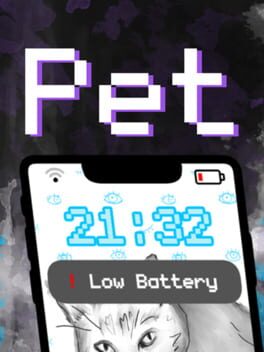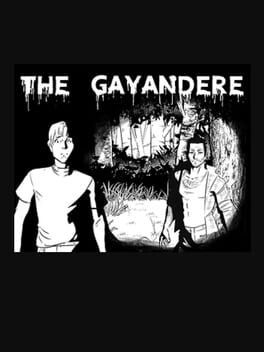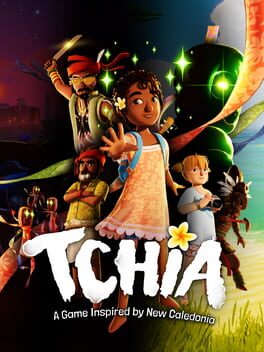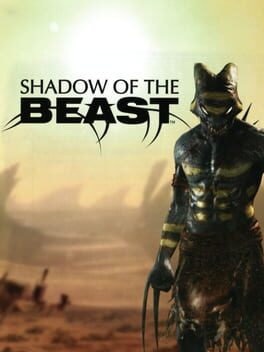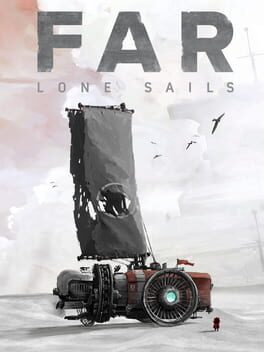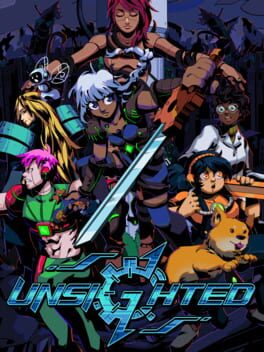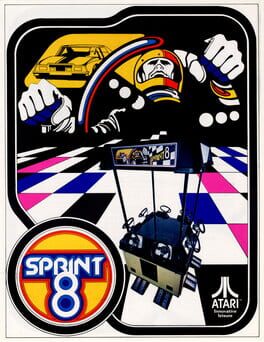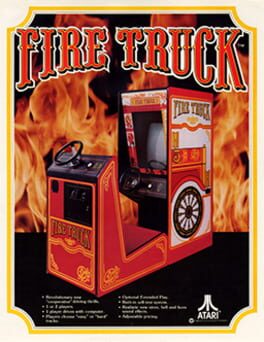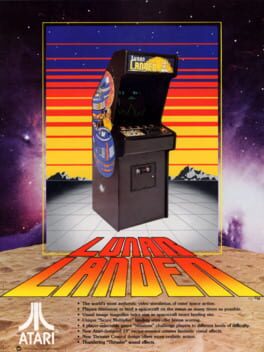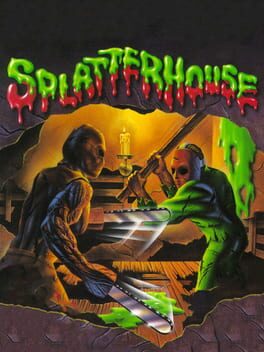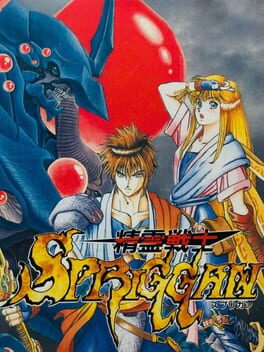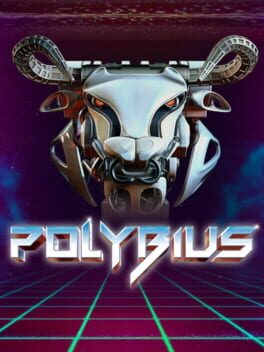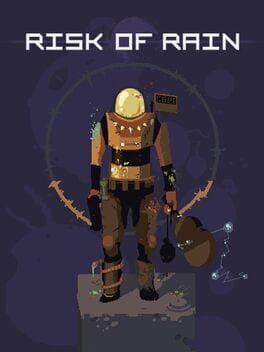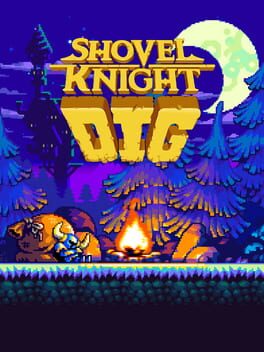done
2023
An enjoyable VN with some light creeps and fun with repeated plays and multiple endings. I particularly enjoyed a certain body horror rubber ball. The creeps are delivered in small doses with objects like that and slightly larger doses in how the plot makes good on the title. While some themes (for example, the importance and difficulty of being able to say, "no") are very overt in the writing, there's also some room for subtlety.
2022
An enjoyably sinister die-and-retry game in which the bloodthirsty character of the titular yandere gets quickly down to business. It's so easy to die up in those mountains! Luckily, there's some clever writing that portrays deaths within the stages of the story. With that said, those death scenarios could have more to them. As a result, I wound up making heavy use of the fast-forward button. I would have also liked there to be more substance to the romance beyond instantaneous attraction.
2023
What a pleasant surprise. Tchia's designers and artists wanted to include so many things in this game. Chapters often conclude with a musical sequence, the sunsets are always vibrant, and the sailing is blissful. Diving for pearls from your boat would make for a pretty decent small game on its own. So would racing around as deer, a pigeon, or just a person with a glider. While it would have been nice for some of Tchia's many powers to be more relevant to missions, they're all plenty of fun.
2016
I was intrigued enough to give this a spin based on its Amiga inspiration, but soon deleted it. I think the designers had ideas about updating this into more of an action game, but they don't work in a fun way. Mashing a QTE every time I wanted to heal one point of health is not great and there isn't enough variety in moves or animation to make the encounters interesting. Neither is the level design, which feels like a string of ideas put together without consideration for the floaty movement. After I accidentally executed a leaping attack and fell to my death, only to see that there are no checkpoints and that, as such, I would have to replay the whole level, I decided not to give this one any more of my time.
2018
I gave this one a quick spin a couple years ago. It didn't grab me at the time, but I gave it another shot last night and I'm glad that I did. There's some fun stuff going on here with diegetic visual indicators and scale. The core idea of a little dude who uses in-game buttons to pilot a land boat is a fun one. The score and sound effects shine, from the hiss of steam to the use of plucked strings to convey traveling through hail.
It's a good thing that its charm carries it, though, because it's a little nonsensical with a moment's thought. Those visual indicators that are helpful to the player don't make much sense in the setting and neither do the big orange buttons that control everything. The components to solve puzzles are usually inside of the screen in which your land boat is halted by an obstacle. In some ways, all of that is good: it would be a less pleasant game if I was held up by searching the screen for interactive elements. But I think it also limits the narrative potential of the game, leaving Far: Lone Sails as simply a fun and often pretty journey. My motivation in playing, really, was to keep crossing to see what was on the other side.
It's a good thing that its charm carries it, though, because it's a little nonsensical with a moment's thought. Those visual indicators that are helpful to the player don't make much sense in the setting and neither do the big orange buttons that control everything. The components to solve puzzles are usually inside of the screen in which your land boat is halted by an obstacle. In some ways, all of that is good: it would be a less pleasant game if I was held up by searching the screen for interactive elements. But I think it also limits the narrative potential of the game, leaving Far: Lone Sails as simply a fun and often pretty journey. My motivation in playing, really, was to keep crossing to see what was on the other side.
2021
Unsighted wears its most direct inspiration on its sleeve in the form of 2D Zeldas and, in my opinion, improves on them. It doesn't do so perfectly: there's some messy balance in that the game starts tough and then becomes sharply easier. There's some inessential stuff too, like the crafting system and cogs. But the dungeons are almost uniformly outstanding and so is the interconnected, layered map. The music and art keep things moving. And while the plot may be predictable, it is heartfelt.
2023
A game that excels at delivering the unexpected. It's a shoot 'em up crossed with a twin stick shooter with a focus on puzzles over reflexes. Mechanics change often - often within the same level - and I think there's thirty-five levels and seven boss fights. I delighted in how these changes were visually communicated and how tightly designed they were. There's often just enough time to react, then work things out, then embrace the new structure, and then bam it's time to adapt again.
While its mechanics are inspired, the music and art aren't worth much mention. Anything that could be mentioned as plot is nonsensical. Oddly, my thoughts on those things don't matter much to me. Playing Eigengrau is more about having fun and basking in varied and well-executed game mechanics than anything else.
While its mechanics are inspired, the music and art aren't worth much mention. Anything that could be mentioned as plot is nonsensical. Oddly, my thoughts on those things don't matter much to me. Playing Eigengrau is more about having fun and basking in varied and well-executed game mechanics than anything else.
1977
Like others, I gave this a whirl as part of the Atari 50 collection. I played each track. What stood out, particularly in combination with playing Pong and Breakout just before, is how impressive the sense of momentum is given the limitations at work. Cars do kind of slip around the track and there are accompanying, well-timed tire squeals. It already feels like Super Off-Road, which is wild considering there's a 12-year distance and an entire industry built in the intervening time.
1978
Playing on Atari 50, my goal with this one was to be decent enough to hit extended play. That turned out to be a tough task! I would have pumped plenty of quarters into this one in the attempt and probably would never make it with the intended 2-player co-op.
Once again, I can see this as a potential inspiration for many games to come. The graphical detail is also a leap forward from the likes of, say, Sprint 8. But it seems to me to be missing one obvious component: there's no firefighting elements, at all. Might as well call it "runaway tractor-trailer." I guess it might have been beyond the capabilities of the time to have a water hose effect, let alone fires to put out.
Once again, I can see this as a potential inspiration for many games to come. The graphical detail is also a leap forward from the likes of, say, Sprint 8. But it seems to me to be missing one obvious component: there's no firefighting elements, at all. Might as well call it "runaway tractor-trailer." I guess it might have been beyond the capabilities of the time to have a water hose effect, let alone fires to put out.
1979
Holds up very well. As with a lot of the Atari arcade games from the 70s, the most impressive thing about it is the feeling of momentum. I think there's still an element of psychological mystery as to how the feeling of gravity is communicated so well with so little. There is something charming about the simplicity of the vector graphics and they're complimented with numerical readouts for speed and direction. There's also the snark and satisfaction of the text messages that display after landings, both successful and attempted. It's very satisfying to nudge the lander into a 5x score multiplying landing spot and see "The Eagle Has Landed."
1988
While some of the sprites are great and there's a few fun ideas in Splatterhouse, it's kind of a letdown to play. Sure, it looks better than some other games from the late 80s, but its levels are monotonous in comparison to other beat-em-ups and platformers of the time. Some bosses like the Poltergeist are creative in concept, but most of them outstay their welcome. It succeeds as horror pastiche, but that's about it.
Blown away by this one being from 1991. It must have been from the future. Really, it's Compile building on the platform of their previous work. Spriggan has a great implementation of the Aleste system of collecting multiple power-ups but these ones can be combined to change the shape and pattern of your shot. Even better, each of the three that you can hold at a time can be ejected in a pinch as a small bomb. Sprites are great, there are fully voiced cutscenes (that my lacking Japanese was not up to, that's on me), and designs are detailed. There could be a little more to some enemies and patterns, but there's more than enough variety for its six-levels-plus-a-final-boss.
2017
An outstanding expression of Llamasoft's ideas. A game of high-velocity puzzles, signs, geometry, and psychedelia that often turns into vibes-based navigation and tests of nerve. The game's speed, depth, and effects are intense in VR while still being readable flat. A few levels towards the end buckle under their own weight in that their mechanics don't quite mesh with how the game is otherwise played, but the finale makes up for it. Level 50, that very last one, is a glorious send-off.
2013
I had a circuitous route to Risk of Rain as I've already played (but haven't yet finished) its sequel. With a winning run in this one, I'm curious to see if I'll have more luck with the second. But I do think that the first Hopoo effort still has some great things going for it in its own right. It's a very readable game despite its chaos and scale. Classes are varied and stacking items and drones is a blast. The soundtrack is worth an extra star in its own right, too. Most importantly, it feels like the designers trust the player to have fun with the game in their own way. There's a lot of control in when to start the fireworks, fight bosses, and progress, right up until the final boss.
2022
Unfortunately, playing this one made me think of better games that I would rather be playing. Well, one is a set of games: the Treasure Trove games. I could be playing any one of those and doing a challenge run in which I destroy every checkpoint. That would have the same effect of resetting my progress with each death, but I would benefit from well-crafted levels and more precise controls. Similarly, I think there's some clear inspiration from Downwell in here, but without the momentum and deceptive simplicity. Those are good ingredients, but they don't come together in Shovel Knight Dig. Ultimately, I don't think that procedural generation and Shovel Knight go all that well together.
